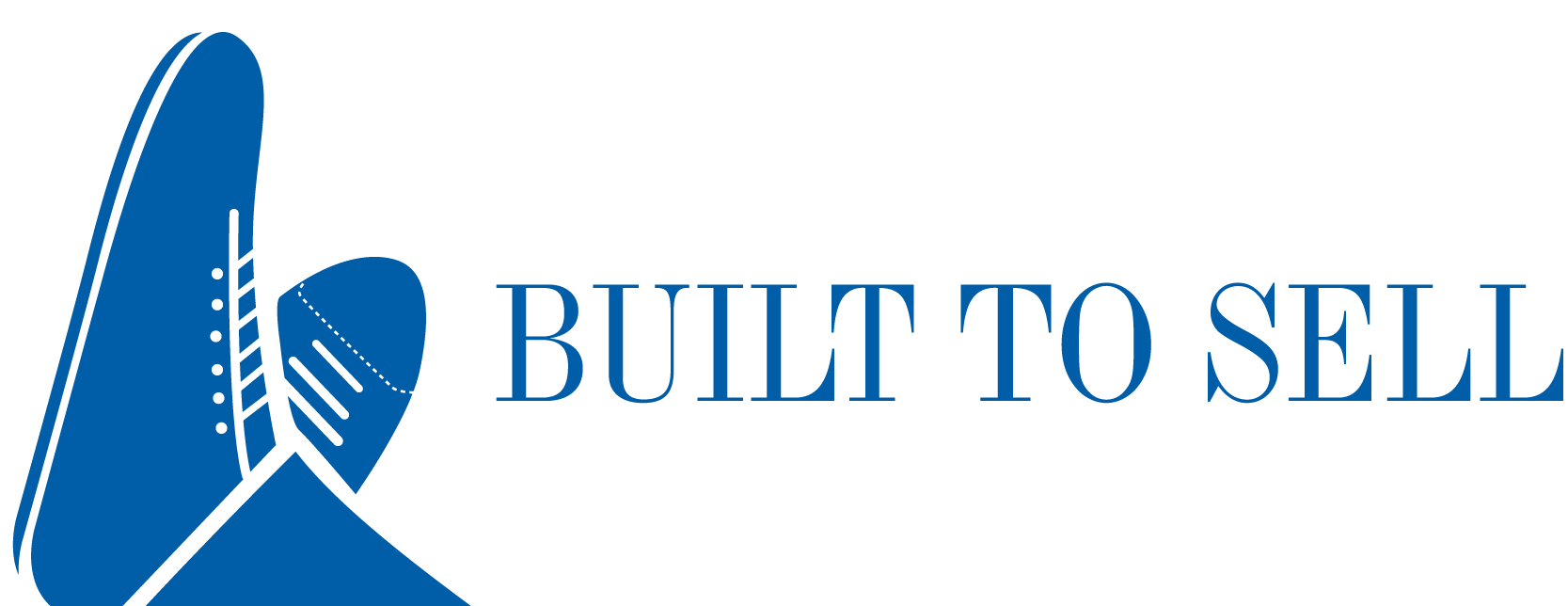About this episode
Many service company founders yearn for a product business. Some even fund its development through the service business. This week we discuss selling the service side of your business. That’s exactly what Talia Mashiach, the founder of Eved, did.
If you run a service, my guess is you’ve dreamt of owning a product business instead.
Service businesses are such a mess – demanding clients, scope creep, and more often than not, slow growth.
Which leads many service company founders yearning for a product. They tinker with a product on the side, often sucking cash and other resources out of the service business to fund the development of a product, which can compromise the health of the service business.
But there is an alternative: why not sell the service side of your business to have the cash and the freedom to properly invest in your product idea?
That’s exactly what Talia Mashiach, the founder of Eved, did.
If you own a service business and wonder if it’s sellable, I’d encourage you to take 13 minutes and complete the Value Builder questionnaire.

About Our Guest
Talia Mashiach is the CEO, founder and product architect of Eved, an event commerce company that offers the only spend-management solution for meetings and events. Eved’s web-based platform automates how large corporations request, order and pay for event services, delivering increased transparency, significant efficiencies in the billing and reconciliation processes, and improving compliance and control.


